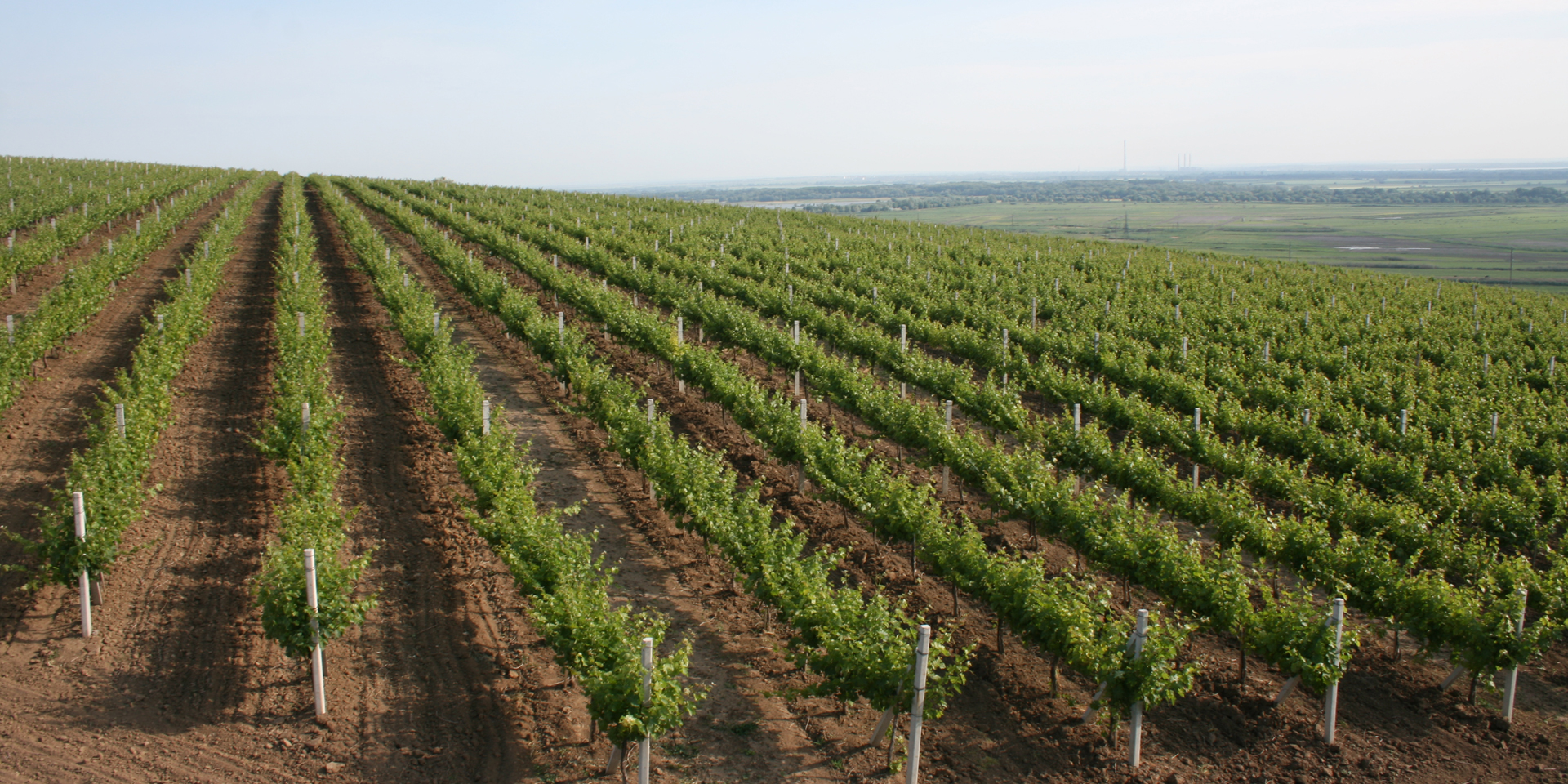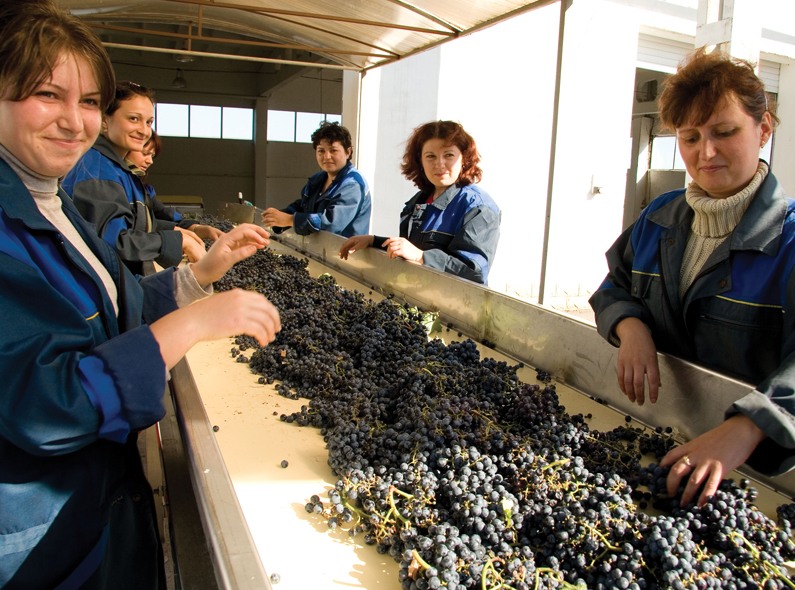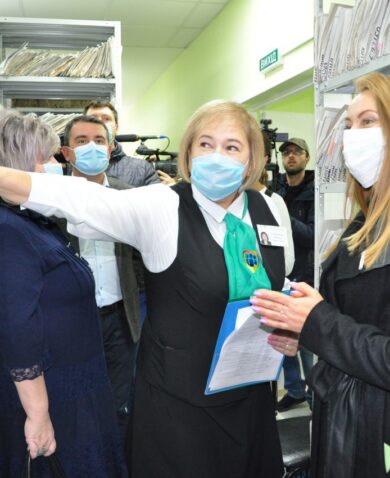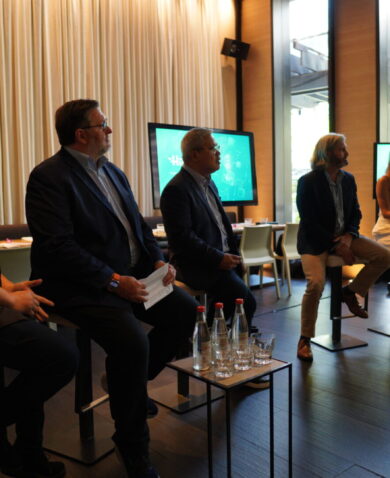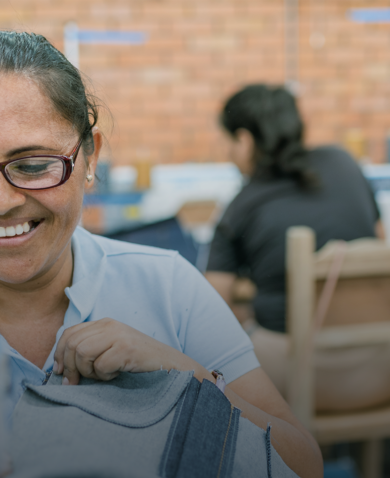A Better Business Environment
ONVV assistance to Moldova’s wine sector has resulted in more international companies taking notice of the wine industry and its business value. From 2010 to 2015, 20 companies invested in the wine sector, totaling €21 million. As of January 2016, there were three officially registered protected geographical indications in Moldova — Stefan Voda, Valul lui Traian, and Codru — a distinction that allows the wines to sell better in EU markets.
Another goal of CEED I and II was to show local populations how lucrative the sector can be. Since its establishment in 2011, the Moldova Sommelier Association has gone a long way toward improving domestic awareness of the sector through seminars and training. More than 40 wine professionals, including 33 new sommeliers, participated in this training. The project also helped officially register sommelier as a profession in the country.
Lilia Ciotca, a sommelier and tour guide at the Milestii Mici winery, said, “The professional sommelier trainings that I participated in have been really valuable for me and helped me develop my professional skills in terms of serving, selling, and promoting wine to tourists.”
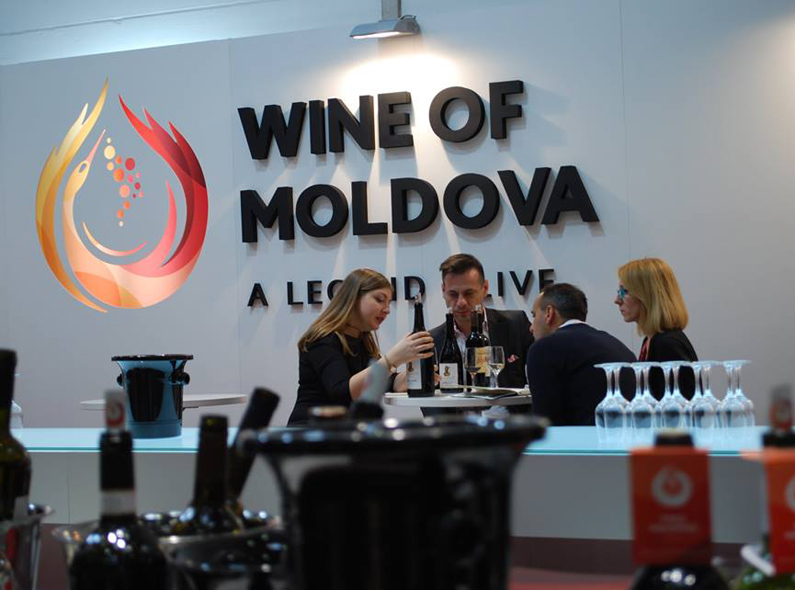
A National Community and Identity
Beyond paving the way for economic growth and education about Moldovan wine, the systemic renovation of the sector during the last 10 years has helped a stronger national identity to flourish. Cultivating indigenous grape varieties helps the wine stand apart from the competition; it also instills in the more than 70,000 Moldovan farmers involved in the sector a stronger national pride in their product.

